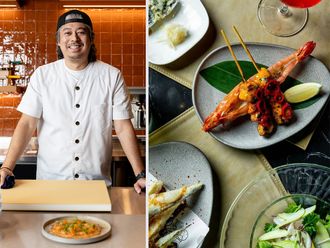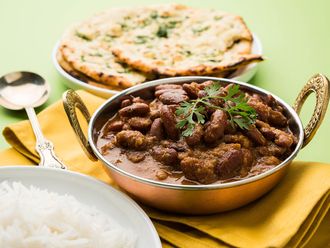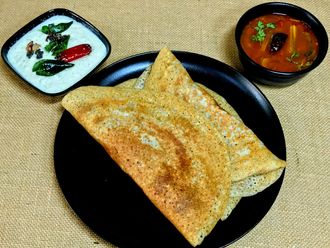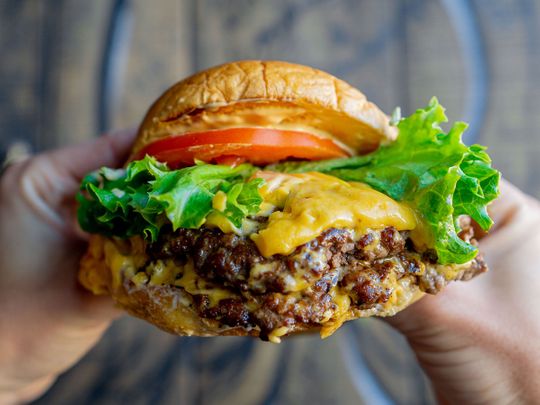
Would you eat a 450-day-old beef steak? How about 45 days old?
We’re not talking about cooked beef, rather an uncooked one, cooked after a month and a half. When it comes to food, a little age sometimes enhances. For example, the more aged the cheese, stronger the flavour.
Similarly, when it comes to meat, as it ages, flavours concentrate and it becomes more tender. And yet, most of us opt for eating a freshly sliced meat marbled with fat for that perfectly grilled steak. But, there’s caveat to this, the aging has to be done in highly controlled environments to ensure food safety standards.
Dry ageing beef is a trend packed with tradition, and while it seems like it began yesterday, the concept was first introduced in the 1950s, where it was called the ‘old world style’. However, it was done because butchers discovered curing meat through the dry aging process created a more tender and tasty steak.
The process, as popular as it is today, wasn’t that feasible in the past due to the expenses it brought in. But times have changed and dry aged beef plays an integral part in the UAE food scene.
What is dry aged beef?
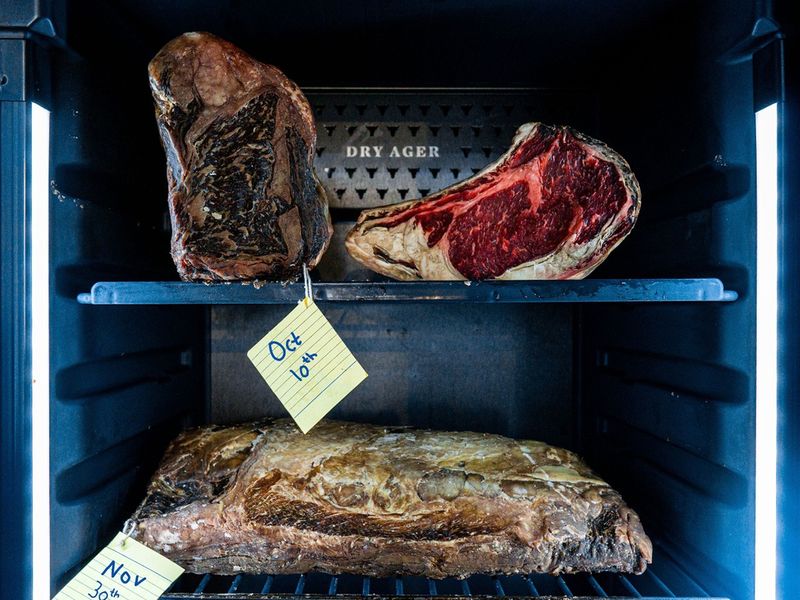
The process involves exposing the meat to a humidity-controlled environment, wherein aerobic (good) bacteria break down the molecular bonds of meat. And it is only high-quality meat that can be used in dry ageing.
To better understand it, the Food team at Gulf News connected with Hamad Mansoor AlAwar, a 38-year-old Emirati restaurateur and founder of restaurant High Joint that specialises in dry aged meat.
“Dry aged beef changes the profile flavour notes through an ageing process. When we use it minced in a burger, it’s about the different flavours that come out. The longer the weeks pass, the different flavours you’ll be able to taste in the beef. Sometimes you can taste nuttiness or funky flavours, which creates very interesting profiles of dry aged beef.”
However, there is a certain level of skill, technique and way to dry age meat. But the key of it all lies in the chemical reactions that occur at a regulated temperature. “Dry aged beef is not like beef jerky and cured with salt. This is beef left alone with no additives in a fridge controlled by humidity and temperature. The environment [the beef is in] is very sterile.”
Several diners often assume that since dry aged beef requires exposure to oxygen, it will naturally go bad. AlAwar will tell you differently.
“There is no chance of food getting poisoned or getting spoilt, as long as it’s inside the refrigerator and is monitored daily. But of course, the longer you leave it there, the more water content it will lose and there have been instances where people go up to 14 weeks of dry ageing. But usually you start with a minimum of 21 days and you go up to 45, which is acceptable by a lot of people and when you go beyond the 30 to 45 days that’s when the flavour gets unique and only fits certain palates.”
During the process of dry ageing, moisture is drawn out of the meat. This causes the beef’s flavour to become rich and dense in flavour. However, while dry ageing, the size of the meat does shrink almost 10 to 15 per cent in size and becomes darker in colour as well. It all depends on the right temperature.
The key is temperature
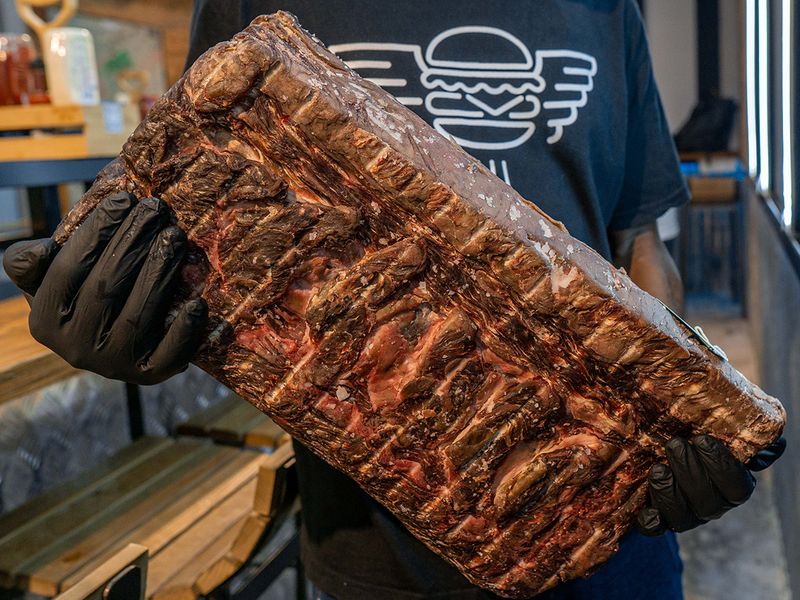
Ideally, meat is kept between 32 and 39 degrees Fahrenheit or 0 to 4 degrees Celsius to ensure freshness. Apart from this, meat that has quite a high portion of fat can withstand extreme ageing, but it also needs to age longer before the effects are noticeable. And it apparently are the best tasting slices of meat. “We can assure you is that the best ones are the ones with more fat. You have to use fattier cuts of beef with dry ageing and you have to know what you’re doing and have the right equipment and monitoring."
So, if you are looking to dry age your meat, you must choose your meat wisely. That’s the first step.
The second step is identifying you meat based on the way it is cut. For meat to age properly, you must choose a piece that works for quick cooking methods. So the next time you are out and about looking for the prefect meat, check for standard steakhouse cuts such as the ribeye, the New York strip and porterhouse – all of which are perfect for dry ageing meat.
AlAwar said the concept of dry aged beef doesn’t begin and end with just one or two steps: “Dry ageing is a huge field by itself. It is an intricate process and you have to have the right knowledge, skills and equipment to do it. Ours is a blend of 30 days dry aged beef and 45 days dry aged beef.”
How do you cook with dry aged beef?
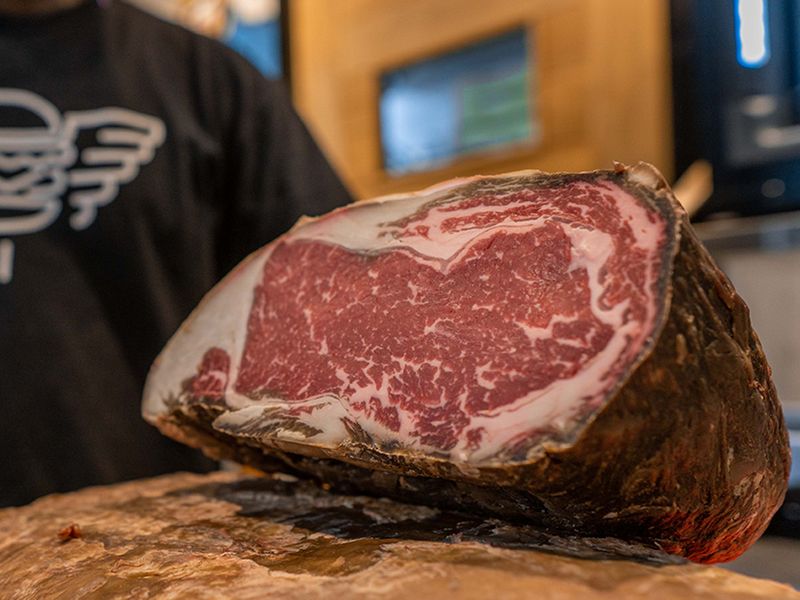
Now that you’ve completed the basics of understanding dry aged beef, it’s time to learn how to cook with it. To savour the meat, you must follow this three-step cooking process. It is best to cook the meat with butter.
1. Thawing your meat
You will need to thaw your meat carefully in the refrigerator, at least three days before cooking it. Once thawed, leave it at room temperature for a minimum of 30 minutes before cooking on either a pan or grill. You can also use chilled and fresh meat as well, therefore skipping the thawing process.
2. Seasoning and searing
Seasoning your meat with salt before cooking will draw the moisture out. However, this can be challenging while searing, so sear dry-aged beef over a high flame for a minute or two before adding salt. This will caramelise the meat and seal in the flavour.
3. Cook the meat
Once seared, cook the meat on a medium flame – three minutes for rare, four for medium-rare, five for medium and at least six to seven minutes for well done. While cooking, try to use a pair of tongs rather than a fork because you don’t want your meat to be rid of the juices. Also, turn them frequently to ensure that your meat cooks evenly.
Once cooked, let it rest for a minimum of five minutes before serving.
Entrepreneurship journey
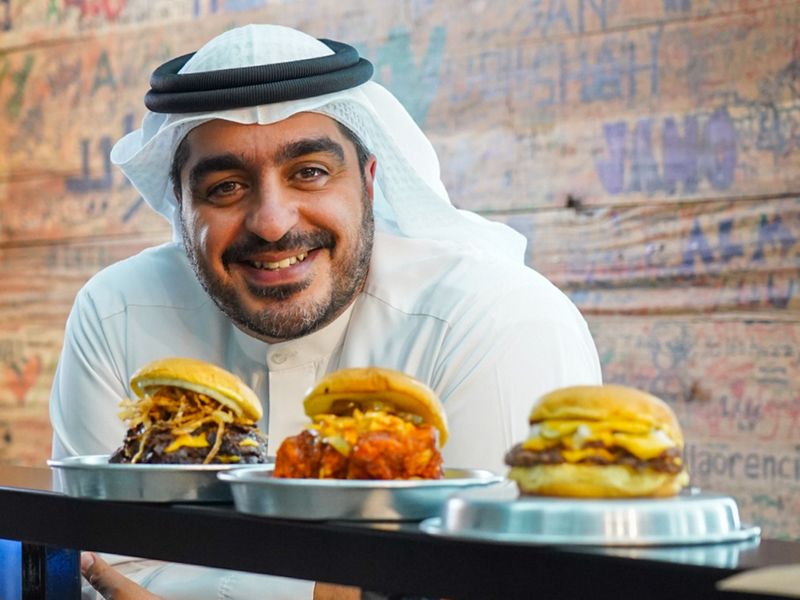
So why did AlAwar decide to take this culinary path after working in UAE’s public sector?
He says that he wanted to try something different, something unique and that’s when he came up with the concept of High Joint.
“I guess this idea was at the back of my mind for a while and I had friends say, ‘Why not do it?’ twelve years ago. When you’ve worked in a specific industry for years, it takes courage to venture into something new and that’s where my friends came in, who told me they found a great spot and asked me what they could do with it and that’s really where the High Joint story starts. We all had the same goal of changing the food scene here in Dubai and internationally.”
AlAwar’s exposure to several cuisines at a young age, as his family travelled a lot, helped him in appreciating food a little differently than usual. “We appreciate each ingredient and the techniques used to cook. Everywhere around the world, the common element that ties people together is the love of sharing a meal or cooking for others. It’s a universal language, and I think that’s the core of the culinary world that attracts my attention. I have a fascination of cooking techniques and how each one differs in regards to the way it works, the temperature, the materials, the timings – cooking is a merging of love, art and science and that’s why I ventured on this path.”
However, the idea was never to set up a restaurant exclusive to burgers in the first place. But after seeing how much his target audience really loved their burgers, AlAwar found a way to make it work using the concept of dry aged beef. “It wasn’t going to be a burger joint in the beginning but after further discussion with the partners and the only thing we all agreed on that was we all love burgers. I personally eat burgers from different brands all the time. It depends on my mood, the atmosphere. Some people like their burger patties thick, some like it thin. Some like mature cheddar cheese, other like the classic American sliced cheese and some like to eat their burgers with a lot of toppings. I don’t think there’s a ‘perfect’ way to make a burger or the ‘one fits all’ but what we can all agree on is the best tasting burgers regardless of how simple they are feature high quality ingredients cooked in a proper manner.”
What makes a good burger?
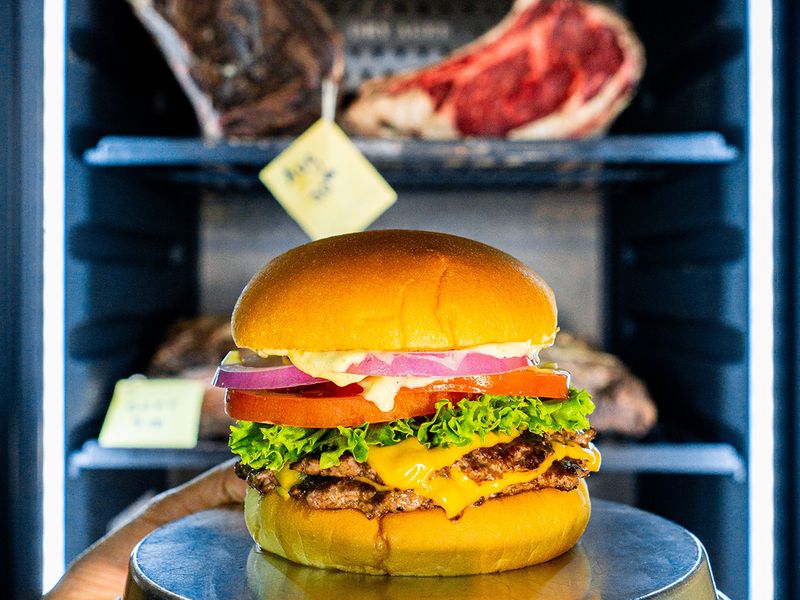
When asked what makes for the perfect burger, AlAwar said that it’s all about balance. “The main component for me is the bread. The taste of the bread cannot be overpowering the patty and the size ratio of the bread to the patty should be appropriate. The meat used is a very important aspect as well. A burger patty should include some percentage of prime cuts that give it depth. Then comes the sauce that compliments and brings all those flavours together, the sponginess and starchiness of the bread, to the fulfilling meaty flavours and also the cheese add the complement of saltiness to it all.”
With the UAE providing opportunities for new businesses and restaurants to grow, High Joint is a burger bar and is one among the country’s home-grown brands. “I have a lot of love and respect for home-grown brands and I don’t like to differentiate High Joint from the rest of the home-grown brands as we’re all in the same boat. There are a lot of franchises which we love, admire and learnt from but it’s our pride to see home-grown businesses excel and even compete with the international franchises.”
When High Joint opened in 2018, the market seemed “saturated” said AlAwar. “When you look at the market and look at its market share the world over, and in the region, it’s massive. So even small independent burgers places that opened and trying to take 1 per cent of that market share, that’s still profitable if you run the business correctly.”
There was resistance before the city’s food scene absorbed the dry aged beef technique. However, the main challenge before opening the shop was really finding the courage to do it, he said. “Primarily in the beginning was the budget of course, like a lot of other projects and we decided that we would not seek external funding. We would do everything internally. So, High Joint was funded by us 100 per cent. We created all the recipes, did the marketing and branding internally. There were no external consultancies hired on this project. I cannot not mention all the feedback we received from the people in the industry and some were positive and other negative, especially about the location. But what we loved and did well I think is that we brought new ideas and perspectives.”
Today, AlAwar and his friends’ burger bar has two outlets in Dubai – one in Al Manara and one in Khawaneej.
Share your food stories with us on food@gulfnews.com



